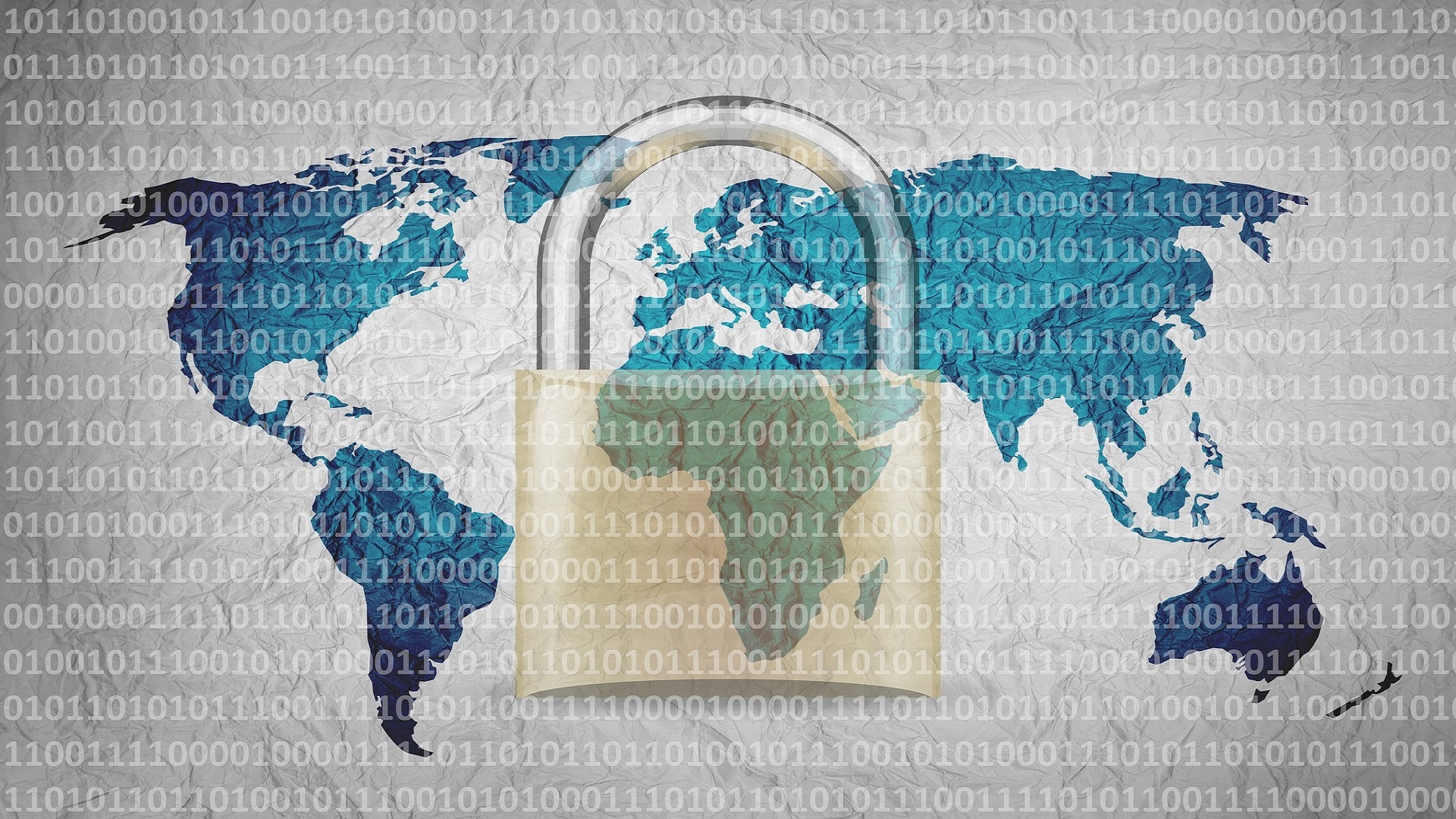By Caleb Coulter: Caleb Coulter is passionate about sharing knowledge. As a writer, he always seeks to satisfy the curiosity of his readers. Writing for CyberXLTR combines both Caleb's love for technology and the written word.
It’s January 2023 – some call it the hacker’s heyday.
With valuable user data, crypto wallets and billions of passwords ripe for the picking, it’s crucial to understand the oil that keeps the online machine running cybersecurity.
Understanding the basics
Not all cybersecurity pertains to protecting data online. Cybersecurity has become deeply integrated into many basic systems we use every day. There are numerous varieties of cybersecurity silently defending our devices, networks and data. Some types include:
- Network Security: protects devices connected to public Wi-Fi networks
- Application Security: protects users from malicious applications
- Mobility Security: protects vehicles with autonomous features like cars, trains and aircraft
- Critical Infrastructure Security: defends power grids, natural resource production and industrial systems
If any of these systems were to come under attack by a hacker, not having adequate cybersecurity could become detrimental. Considering some of these systems facilitate the well being of millions of people, control by a malicious user could result in the loss of lives in the worst-case scenario.
Online transactions are also usually protected using cybersecurity. Encryption takes plaintext (the actual inputs made by humans) and converts it into cyphertext (a sequence of letters and numbers that contain no inherent meaning). Cyphertext then can be decoded by the recipient of the transaction, only if they are authorized to use the encryption key.
Cybercrime Magazine reported the world should expect an estimate of $10.5 trillion in losses from cybercrime in 2025 alone. With this frightening statistic in mind, it’s all the more important to be aware of the mechanisms protecting our data.
How it works?
A good cybersecurity system can prevent threats like malware, phishing and hacking from damaging a system. Automated tasks like threat detection and response can be passed off to AI software, which can lessen the load on human cybersecurity professionals.
There are several methods of securing data through cybersecurity. Some of these are:
- Firewalls
- Antimalware programs
- Encryption
- Data Loss Prevention (DLP) Systems
- Virtual Private Networks (VPNs)
A Chief Information Security Officer (CISO) will create a plan for integrating these features and programs into their company’s systems. These systems often require human monitoring for rapid response to larger threats, such as high-level hacking attempts. IT professionals work with the CISO to ensure these are integrated seamlessly and properly into their systems, so day-to-day operations have minimal disruption.
Want to learn more?
If you’re curious about cybersecurity articles, virtual events, videos, or entrepreneurship resources, you can sign up to our mailing list to get notified when new content becomes available.

